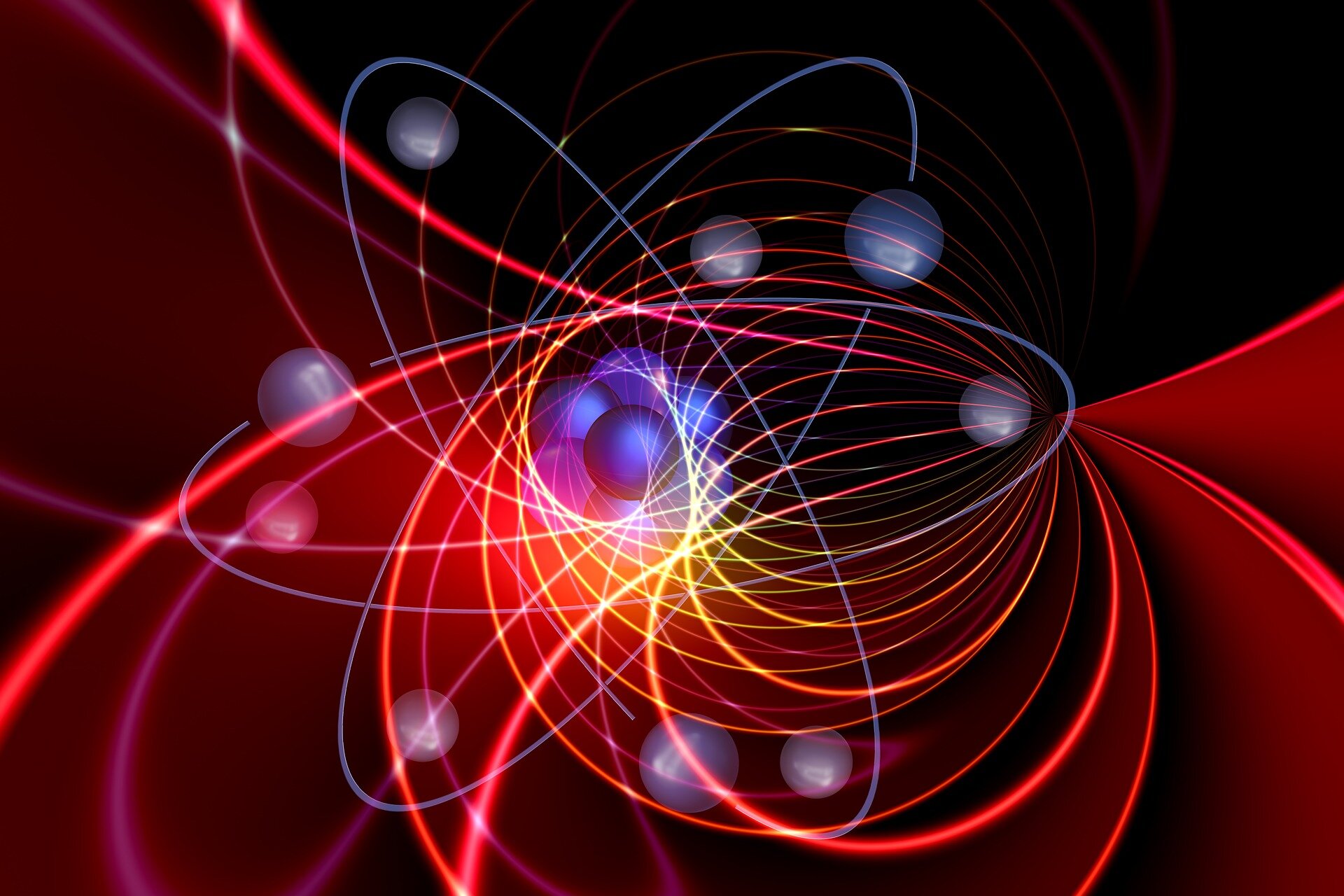Deep within every piece of magnetic material, electrons dance to the invisible tune of quantum mechanics. Their spins, akin to tiny atomic tops, dictate the magnetic behavior of the material they inhabit. This microscopic ballet is the cornerstone of magnetic phenomena, and it’s these spins that a team of JILA researchers—headed by JILA Fellows and University of Colorado Boulder professors Margaret Murnane and Henry Kapteyn—has learned to control with remarkable precision, potentially redefining the future of electronics and data storage.
In a Science Advances publication, the JILA team—along with collaborators from universities in Sweden, Greece, and Germany—probed the spin dynamics within a special material known as a Heusler compound: a mixture of metals that behaves like a single magnetic material.
For this study, the researchers utilized a compound of cobalt, manganese, and gallium, which behaved as a conductor for electrons whose spins were aligned upwards and as an insulator for electrons whose spins were aligned downwards.
Using a form of light called extreme ultraviolet high-harmonic generation (EUV HHG) as a probe, the researchers could track the re-orientations of the spins inside the compound after exciting it with a femtosecond laser, which caused the sample to change its magnetic properties. The key to accurately interpreting the spin re-orientations was the ability to tune the color of the EUV HHG probe light.
“In the past, people haven’t done this color tuning of HHG,” explained co-first author and JILA graduate student Sinéad Ryan. “Usually, scientists only measured the signal at a few different colors, maybe one or two per magnetic element at most.” In a monumental first, the JILA team tuned their EUV HHG light probe across the magnetic resonances of each element within the compound to track the spin changes with a precision down to femtoseconds (a quadrillionth of a second).
2023-11-11 11:41:02
Post from phys.org
